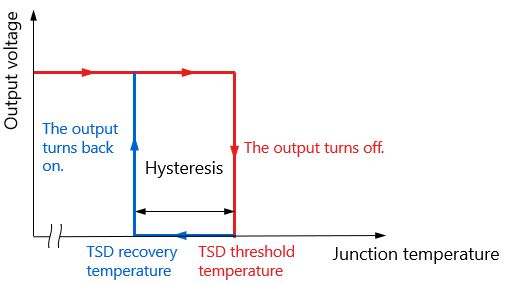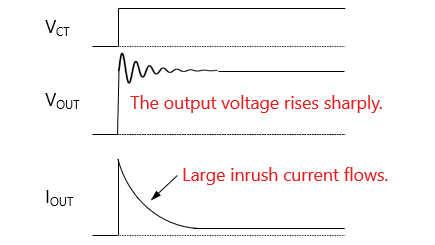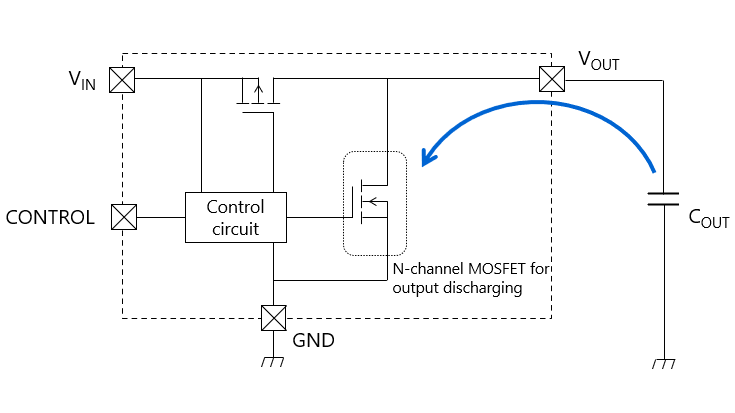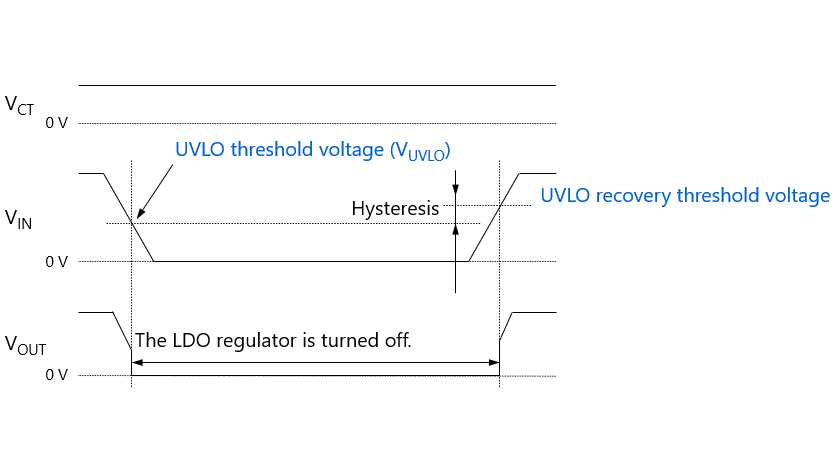- 半導體首頁
-
應用Automotive
Body Electronics
xEV
In-Vehicle Infotainment
Advanced Driver-Assistance Systems (ADAS)
Chassis
IndustrialInfrastructure
BEMS/HEMS
Factory Automation
Commercial Equipment
Consumer/PersonalIoT Equipment
Healthcare
Wearable Device
Mobile
Computer Peripherals
-
產品車用元件
Discrete Semiconductor
Diodes
電晶體
通用邏輯IC
Analog Devices
Digital Devices
Wireless Devices
※
: Products list (parametric search)
功率半導體※
: Products list (parametric search)
隔離器/固態繼電器Photocouplers
Digital Isolators
※
: Products list (parametric search)
MOSFETsIGBTs/IEGTs雙極性電晶體※
: Products list (parametric search)
Diodes※
: Products list (parametric search)
微控制器馬達驅動 ICs智能功率 ICs※
: Products list (parametric search)
電源管理 ICs線性 ICs※
: Products list (parametric search)
通用邏輯 ICs線性影像感測器其他產品其他產品
※
: Products list (parametric search)
-
開發/設計支援
開發 / 設計支援
-
技術知識
- 購買管道
- 型號 & 關鍵字搜尋
- 交叉搜尋
- 參數搜尋
- 線上庫存查詢跟購買
This webpage doesn't work with Internet Explorer. Please use the latest version of Google Chrome, Microsoft Edge, Mozilla Firefox or Safari.
型號需要超過三個文字以上 Search for multiple part numbers fromhere.
The information presented in this cross reference is based on TOSHIBA's selection criteria and should be treated as a suggestion only. Please carefully review the latest versions of all relevant information on the TOSHIBA products, including without limitation data sheets and validate all operating parameters of the TOSHIBA products to ensure that the suggested TOSHIBA products are truly compatible with your design and application.Please note that this cross reference is based on TOSHIBA's estimate of compatibility with other manufacturers' products, based on other manufacturers' published data, at the time the data was collected.TOSHIBA is not responsible for any incorrect or incomplete information. Information is subject to change at any time without notice.
型號需要超過三個文字以上
2-1. Useful functions available with LDO regulators
Load switch ICs incorporate various functions that help ensure stable system operation.
| Function | Description |
|---|---|
| Overcurrent protection | This function limits the output current to protect a system in the event of an excessive current flowing in an LDO regulator, for example, because of a short-circuit between a load on the VOUT side and GND. |
| Thermal shutdown | This function turns off the LDO regulator to protect the system when the heat generated by the LDO regulator exceeds its heat dissipation capacity. |
| Inrush current reduction (slew rate control, soft start) | This function helps ensure stable system operation by slowly increasing the output voltage during the turn-on of an LDO regulator. Inrush current reduction is also called slew rate control or soft start. |
| Auto discharge | This function facilitates system power sequencing by quickly discharging the smoothing capacitor connected to the VOUT pin when an LDO regulator is turned off. |
| Undervoltage lockout (UVLO) | This function turns off the output of an LDO regulator when its input voltage drops below a predefined threshold so that the system operation will not become unstable. |
The subsequent sections describe each of these functions.
The following application note also provides a description of these functions:
Application note: Basics of Low-Dropout (LDO) Regulator ICs
Application note: LDO Regulators Glossary
- 1/6
- Next
Chapter2 Convenient functions of LDO
Related information
- Products
Low-Dropout Regulators (LDO Regulators) - Applidcation Notes
Application Notes - FAQs
LDO Regulators - Parametric Search
LDO Regulators - Stock Check & Purchase
Stock Check & Purchase






